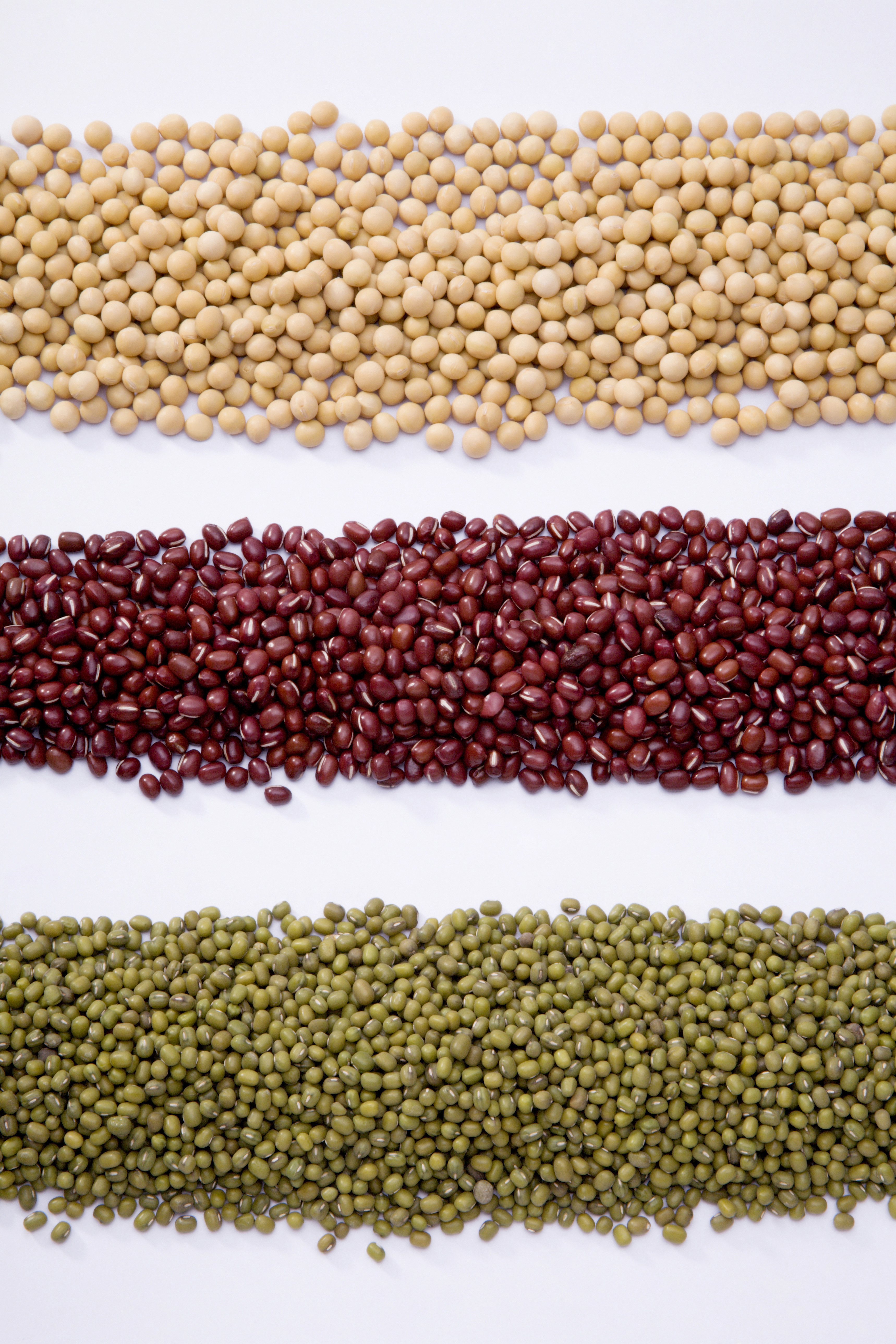Reliable quantification of botanical impurities

Although compound feed , which, according to the recipe should be “Soya-free”, soya can be detected in many cases. Since more than 80% of the soyabeans harvested worldwide is by now genetically modified, correspondingly many gmo-positive test results are achieved. The complexity of compound feed and global commodity flows make it difficult or even impossible to produce “Soya/GMO-free”.
Labeling feed as “ohne Gentechnik” (without genetic engineering) is possible if the genetically modified portion does not exceed 0,9% for each plant species. If soya is a component of the recipe the gm portion is exclusively recalculated in relation to the soya portion.
If gm soya-events are identified in “Soya-free” feed it is crucial whether the species soya can be regarded as a “Botanical impurity” or as an ingredient which needs to be declared. In the first case the gm portion has to be recalculated in relation to the total plant portion, as an ingredient only the soya portion is taken as the reference value.
So the capability to determine botanical impurities is very important when it comes to labeling. It is possible that high percentages of GMO will significantly fall below the labeling threshold of 0,9% .
IMPETUS BIOSCIENCE has developed reliable, fast and cheap methods to solve this problem.

